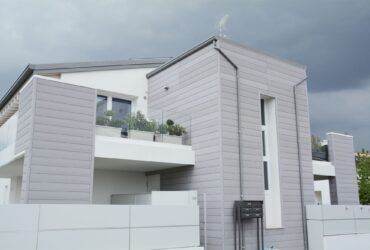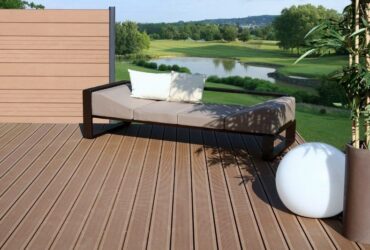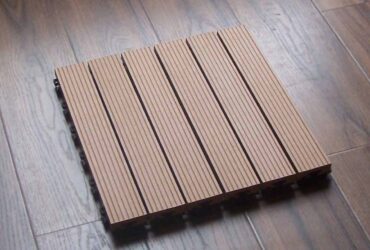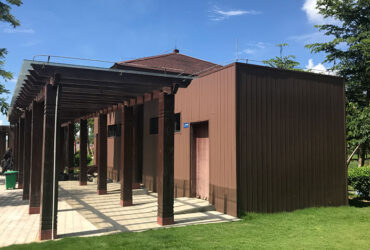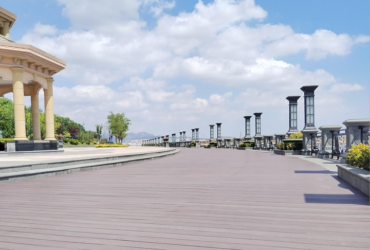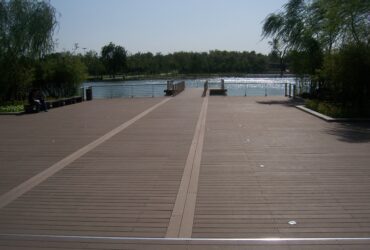Preparation Of Ternary Plastic Wood Composite Materials
Wood-plastic composite materials are one of the important research and development directions in the field of wood science and technology today. They are composite materials processed and formed by lignocellulose, thermoplastic resin and other additives. Wood-plastic composite materials have the characteristics of simple production process, low maintenance cost, long service life, etc., and have better performance than pure wood material products and plastic products, so they are widely used in building materials, furniture, logistics packaging and other industries.
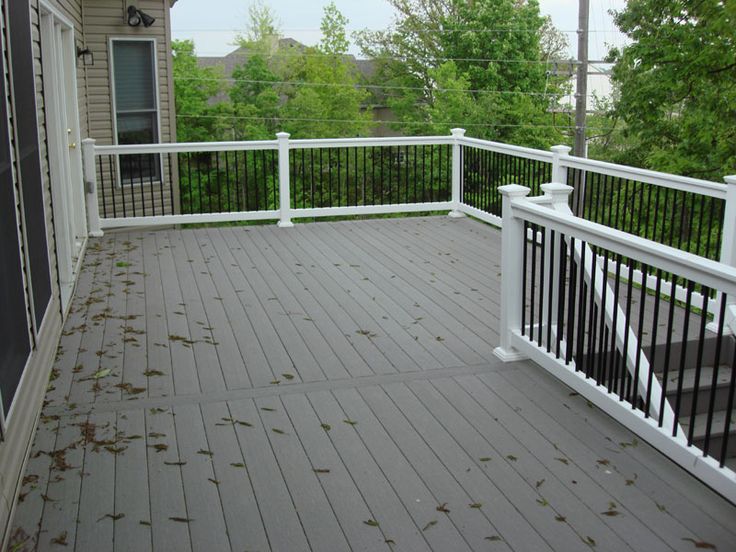
The large number of hydroxyl, aliphatic and aromatic groups in lignin generate strong intramolecular interactions through hydrogen bonds, and their extensive cross-linking inevitably limits the application of lignin. Polymer blending is cost-effective and is widely used to create new polymer materials with desirable properties. The strong interaction between lignins can be reduced through blending or partial mixing. At the same time, due to its low cost and biodegradability, lignin can be fully utilized in the production of new polymer materials. However, lignin is immiscible with most polymers due to low mixing entropy. The polarity of non-polar polyolefins like polypropylene and polyethylene is very different from that of lignin, and this thermoplastic does not bond well with lignin at the interface. Therefore, it is necessary to reduce their interfacial tension through some chemical modification or adding compatibilizers.
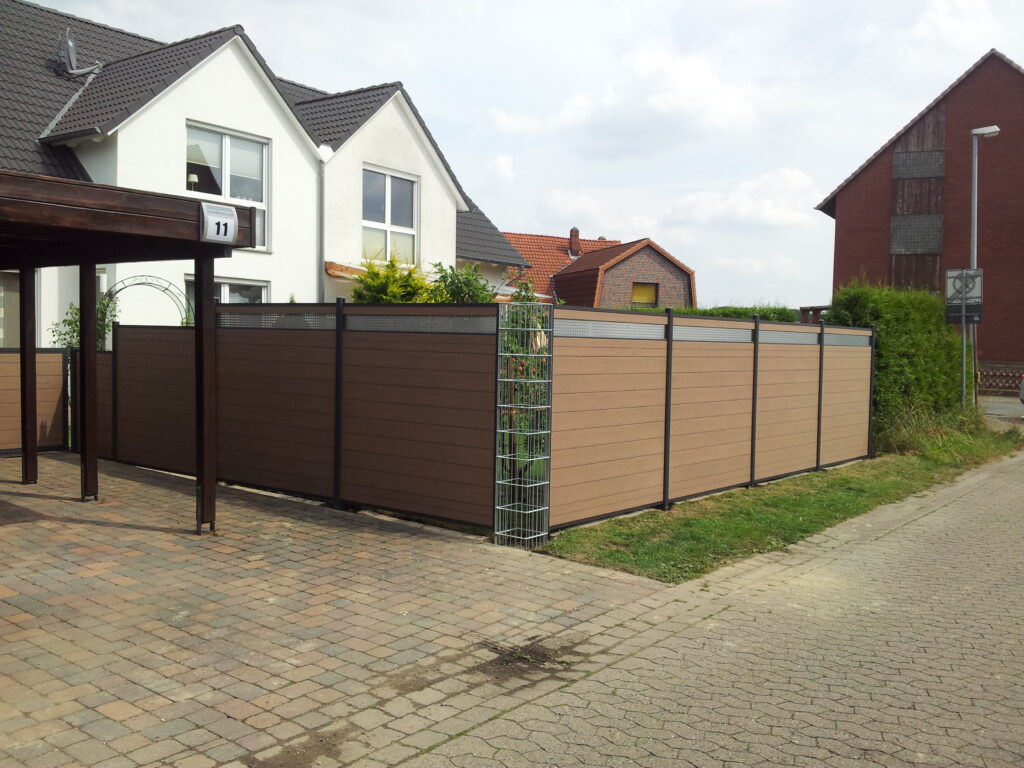
In the past decade, lignin/resin blend modification technology has made significant progress, especially the research results in polyethylene (PE), polypropylene (PP), and polyvinyl chloride resins. Acrylonitrile-butadiene-styrene (ABS)/PVC-based composite material is a new type of composite material obtained by blending ABS resin and general plastic PVC. ABS/PVC combines the excellent properties of ABS and PVC, such as the excellent processing performance and heat resistance of ABS and the flame retardant and chemical resistance of PVC. The price of PVC is lower than that of ABS. The addition of PVC can effectively reduce costs. . Currently, there are few studies on ABS/PVC composite materials. Therefore, it is necessary to develop an effective technical means so that lignin can be effectively used in ABS/PVC composite materials to improve the overall performance of wood-plastic composite materials.

